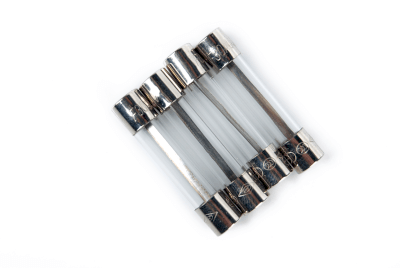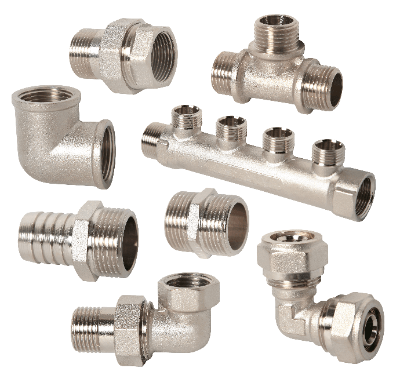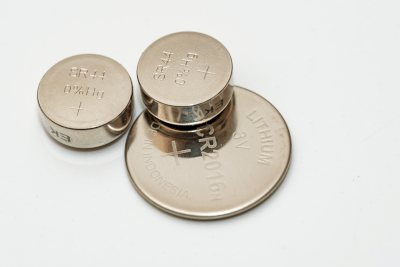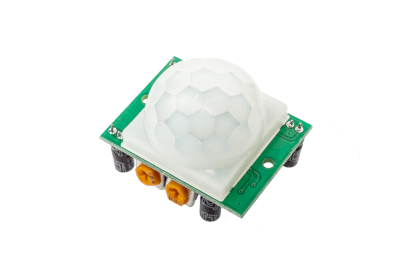What Is a Microphone?
A microphone is a device that converts sound into an electrical signal.
It is also commonly referred to as a microphone for short. By converting sound vibrations into electrical signals, microphones are mainly used for communication, recording, and voice amplification.
Whether digital or analog, microphones are generally referred to as audio input devices. While a microphone is an audio input device, a device that converts electrical signals into audio and outputs them is called a speaker.
Uses of Microphones
Microphones are used as audio input devices and are used in various forms for different purposes, such as broadcasting, music recording, and noise level meter measurements. They are also built into many electronic devices such as smartphones, PCs, IC recorders, and cameras for voice input and voice recognition.
They are also useful as loudspeakers for delivering voices to a large audience at concerts, live performances, lectures, and events. They are widely used in familiar places such as karaoke, sports events, and school events.
Principle of Microphones
Microphones convert acoustic vibrations into electrical signals, and there are various methods of this conversion. Specifically, there are dynamic types, condenser types, etc.
1. Dynamic Type
The dynamic type has a simple structure, with a coil attached to a diaphragm that converts sound into an electrical signal. The diaphragm called a diaphragm, voice coil, and magnet are used, and the magnetic flux is changed by the sound vibration and converted into an electrical signal.
The dynamic type is robust, easy to handle, and produces powerful sound, so it is often used for performances, live music, lectures, etc.
2. Capacitor Type
The capacitor type has a complex structure. The diaphragm serves as the electrode for the capacitor, which converts sound into an electrical signal. The diaphragm, which is charged with electricity, and the back plate, which is called the back plate, are combined to form an electrical capacitor. The distance between the diaphragm and the back plate changes the electric field in the capacitor due to changes in vibration. This change is used as the electrical input. It is characterized by higher sensitivity than the dynamic type.
Condenser microphones are more complex in construction, require internal electronic circuits, and are more expensive than dynamic microphones.
Types of Microphones
1. Moving Coil Type
Moving coil-type microphones convert sound = air vibrations into electrical signals when a coil attached to a diaphragm, which is a diaphragm, moves in a magnetic field. This structure is similar to the magnetic pickup microphones used for guitars and basses, where the vibration of the strings generates an electrical signal.
2. Ribbon Type
A ribbon-type microphone uses a thin metal foil ribbon hanging between slits sandwiched by magnetic poles as a vibrating system, and the sound vibration generates an electrical signal at both ends of the ribbon. The lightweight structure of the vibrating system allows the microphone to pick up sound in a wide range of frequencies from high to low, and the frequency response is less peculiar and more natural sounding.
3. Carbon Microphone
Carbon microphones are microphones that utilize the change in contact resistance of carbon powder to obtain audio signals. It is constructed by placing carbon powder between two plate-shaped electrodes.
When a direct current is applied between the electrodes with one fixed electrode and the other movable electrode, the movable electrode vibrates due to voice, and the contact resistance between the electrode and the carbon powder changes to obtain a voice signal. Carbon microphones are robust and have very high sensitivity, but since they use the change in contact resistance of the carbon powder, they have the weakness of easily distorting the sound.
4. Piezoelectric Microphone
Piezoelectric microphones use piezoelectric elements to obtain sound signals by vibrating electrodes caused by voice. The sensitivity is high, but the output power is low.
They are mainly used in situations where bandwidth is limited. Wireless communication and concrete microphones are typical examples.
5. Laser Microphone
A laser microphone is a type of microphone that uses a laser beam to detect and demodulate light fluctuations caused by voice vibration using a light-receiving element. It is intended for use in environments and situations where conventional microphones are difficult to use, and several forms exist, including those based on the Doppler effect and interferometry.
Microphones called ion microphones or plasma microphones, which generate plasma without a diaphragm and apply sound waves to it to extract modulated sound waves, are also being studied.






